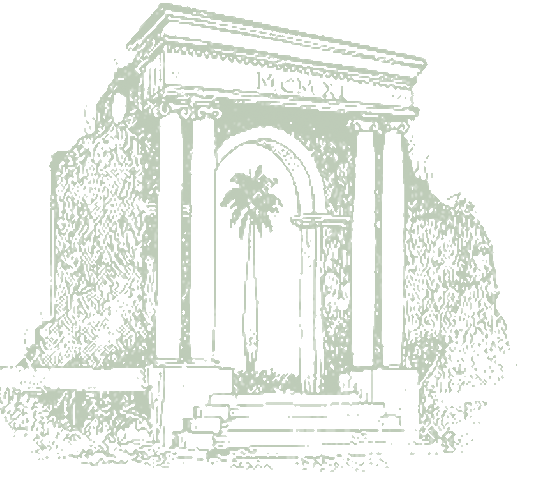HISTORICAL SKETCHThe University of Puerto Rico was created by an act of the Legislative Assembly on March 12, 1903 emerging as an outgrowth of the Normal School, which had been established three years earlier to train teachers for the Puerto Rican school system. In 1908, the benefits of the Morill-Nelson declared applicable to the island, fostered the rapid growth of the University. Eloquent evidence of that growth was the establishment of the College of Liberal Arts at Río Piedras in 1910 and the College of Agriculture at Mayagüez in 1911. It was in the College of Agriculture where the Mayagüez Campus as we know it today had its origin. Credit for the establishment of the College is given to the joint effort of D. W. May (Director of the Federal Experiment Station), José de Diego, and Carmelo Alemar. A year later, the school received the name that it bore for 50 years: the College of Agriculture and Mechanic Arts. The strengthening and diversification of the academic programs at Mayagüez were recognized years later when, in 1942, as a result of university reform, the campus was organized with a considerable degree of autonomy into the Colleges of Agriculture, Engineering, and Science under the direction of a vice-chancellor. The expansion continued through the 1950s when many programs flourished in the University. The College of Arts and Sciences and the Nuclear Center were established in Mayagüez. The Colleges of Humanities, Natural Sciences, Social Sciences, and Business Administration emerged in Río Piedras. The Schools of Medicine, Odontology, and Tropical Medicine were established in San Juan. In 1966, the Legislative Assembly reorganized the University of Puerto Rico as a system of autonomous campuses, each under the direction of a chancellor. The College of Agriculture and Mechanic Arts became the University of Puerto Rico, Mayagüez Campus. Today, the Mayagüez Campus of the University of Puerto Rico continues its development in the best tradition of a Land Grant institution. It is a co-educational, bilingual, and non-sectarian school comprising the Colleges of Agricultural Sciences, Arts and Sciences, Business Administration, Engineering, and the Division of Continuing Education and Professional Studies. The College of Agricultural Sciences includes the Agricultural Experiment Station and the Agricultural Extension Service. At present, the campus population is composed of 12,136 students, 1,336 regular staff members and 1,026 members of the educational staff.
|


